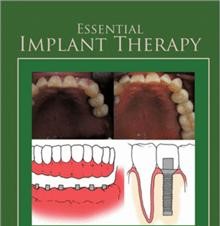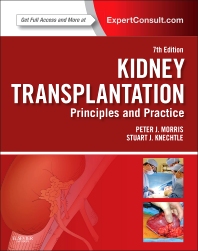Authors: Dr. Nkem Obiechina and Dr. Dalvir Pannu
Publisher: AuthorHouse – 77 pages
Book Review by: Nano Khilnani
This book was written by two specialists in dental implant surgery to fill the gap of information on this subject available to the public, particularly for those considering such procedures.
Drs. Obiechina and Pannu write that there are many books available on dental implants for professionals involved in this segment of dentistry.
They point out however, that the information available to the public and potential dental implant patients is mostly in the form of brochures that are very general in nature with no details, and insufficient for those considering dental implants to make an informed decision.
They write that dental implants have provided viable solutions for people who have had dental problems, giving them “safe, stable and aesthetic replacements of natural teeth.”
The first implant made of titanium was placed in 1965 by P.I. Branemark, a Swedish oral surgeon. He discovered that titanium had special chemical properties that enabled it to bond very closely with bone which holds teeth.
Almost all dental implants today are of this type called endo-osseointegration, meaning within (endo) bone (osseo) integration (joining together) This process of affixing new teeth into the bone has had very good success. The titanium implant bonds very closely to the bone of the teeth.
The authors point out that in some instances, there is insufficient bone to do dental implants. In some cases, bone can be grown to a sufficient width or depth to make implants successful. In other cases it cannot be done.
They discuss the many aspects of dental implants in 15 detailed chapters. Some of the topics discussed in the chapters besides the first one on osseointegration are: criteria for selection of dental implant candidates; dental implant surgery (what exactly is involved in this process); effect of bone quality on implant success, including illustrations of the four levels of bone quality, and which ones are most suitable for dental implants.
The book is well illustrated with detailed drawings and some photos. “The anatomic structures of the mouth that affect implant placement,” the title of chapter 5, is an excellent example of a chapter that has adequate illustration, making the absorption of the material much easier.
Chapter 6 is also a good example of using illustrations to show readers what titanium implants look like, and how important it is to have ample bone to support them. The implants are of varied length and width adequate for different sizes and shapes of the teeth. The tooth comparison diagram on page 37 is very enlightening. As they say, a photo is worth a thousand words.
In what instances should implants be placed immediately and when should they be delayed? This is the question that is answered in chapter 7, along with discussion of the implications of each course of action.
Chapters 8 and 9 discuss each of the two decisions – immediate and delayed implants – respectively, and detail the reasons for each.
Bone augmentation or the utilization of bone grafts to rebuild lost bone prior to dental implants is the subject of chapter 10. Two of the main reasons for growing bone are loss of teeth and advanced periodontal disease. Periodontium is the area surrounding the teeth and inflammation in this area is termed periodontitis, commonly referred to as gum disease. The several ways of bone growth are discussed here.
The following chapter – 11 – deals with soft tissue issues such as gingivitis and what to do or not to do when considering dental implants. Chapter 12 deals with implant restorations (teeth) – the step taken after the bone has grown securely and functionally around the titanium, called osseointegration.
Bone-bonding typically takes three to six months, the authors point out. This is followed by teeth restoration. Restoration is sometimes called placement of the healing cap which extends above the gum line and allows the gums to adapt around the cap. A restorative dentist typically does this job. The illustration on page 60 tells this story at a glance.
Chapter 13 deals with proper maintenance of implants and chapter 14 relates some advances in the area of dental implant surgery. Chapter 15 is the conclusion of the book, wherein the authors point out that dental implants, with less than 50 years of history, have been a significant advancement in dentistry, and their success rate has continued to improve.
Dr. Nkem Obiechina received her training in periodontics and implant dentistry in 2001 from Columbia University. Dr. Dalvir Pannu has established the Pannu Dental Group in California with offices in Cupertino, Dublin, Fremont and San Jose.
This is an easy-to-read book in large print and it is made easier to understand with numerous illustrations. Our congratulations to the two professionals for this unique achievement.







